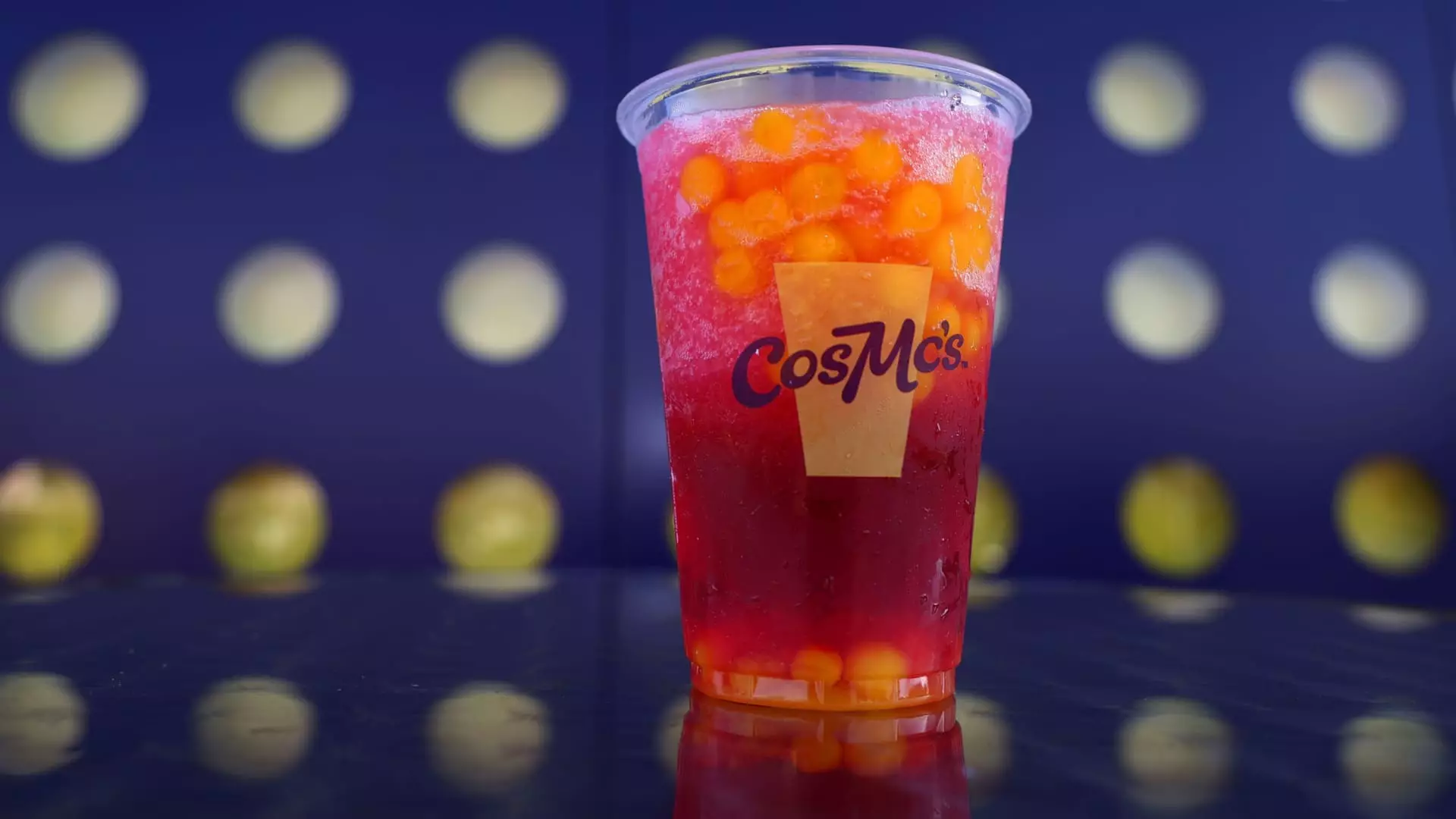Fast-food restaurants have always trod the fine line between simplicity and innovation. Traditionally, these chains have maintained a straightforward beverage menu, often focused on sodas and iced teas. However, the contemporary consumer landscape demands transformation, especially as younger audiences become the driving force of consumption. Enter a new era characterized by exotic and vibrant beverages, as chains like Chick-fil-A and Taco Bell reimagine what a fast-food drink can be. The introduction of seasonal delights, such as Chick-fil-A’s Pineapple Dragonfruit drinks, showcases a calculated shift aimed at capturing the attention of Gen Z, who are known for their adventurous palates and penchant for novel experiences.
Drinks as the New Stars of the Menu
The overarching trend among fast-food giants is a clear pivot towards beverages. This shift is not just an opportunistic response to a decline in traditional soda consumption; it reflects a deeper understanding of consumer preferences. Beverages are now designed to be spectacles in themselves, featuring bold colors and innovative flavors that are almost Instagram-worthy. Chains like Taco Bell have embraced this ethos with their ‘Live Mas Café’ concept, which encourages a more dynamic and interactive drinking experience. By focusing on unique drink offerings, restaurants are aiming to create a more engaged customer base that sees beverages not as mere accompaniments but as central to the meal experience.
The Rise of Bubble Tea and Flavored Innovations
Beverage innovation is buoyed by the growing popularity of drinks that combine flavors and textures. The rise of bubble tea—a drink dominated by chewy tapioca pearls—has inspired various fast-food chains to introduce boba-inspired options, even in drinks that traditionally wouldn’t showcase such ingredients. For instance, McDonald’s spinoff, CosMc’s, offers customizable drinks with fruity popping boba, pushing the envelope further. This not only captures the adventurous essence of Gen Z but also serves to create signature offerings that are hard to replicate elsewhere. With fast-food chains venturing beyond past norms, it appears that there’s no limit to the kinds of inventiveness consumers can now expect from their local drive-thrus.
Profitability Meets Product Appeal
For fast-food operators, the new focus on beverages aligns with profitability and operational efficiency. Drinks often represent a high-margin item that requires considerably less culinary effort than food items. Executives have pointed out that introducing a new drink flavor often involves little more than swapping syrup flavors or adding an aesthetic drizzle. The relatively simple nature of beverage customization provides a lucrative opportunity to drive profits. Furthermore, companies can store syrups longer than perishable food items, making beverages an attractive category for operators looking to balance inventory and shrinkage.
Targeting the Adventurous Spirit of Gen Z
What sets today’s younger consumers apart is their unabated enthusiasm for experimentation, especially in taste. Unlike their predecessors, Gen Z’s open-mindedness to new flavor combinations—ranging from traditional favorites to more exotic offerings like yuzu or ube—encourages restaurants to embrace flavors that previously might have felt too risky. This demographic’s inclinations are also prompting establishments to develop drinks that merge various trends, such as horchata coffee or creative lemonades filled with textured surprises like kiwi pieces.
The Evolution of Chain Dynamics
Fast-food establishments are redefining competition by focusing on beverage culture, visualizing their drink menus as potential cornerstones of their brands. Taco Bell’s ambitious vision of a $5 billion beverage business by 2030 underscores this drive. Their strategic push to expand the Live Mas Café concept could serve as a template, demonstrating not only a commitment to innovation but also a realization that beverages can create a unique brand identity in a crowded market. This proactive approach indicates an eagerness to learn and adapt—ensuring that they remain relevant to evolving consumer preferences.
As beverages take center stage within the fast-food paradigm, it becomes increasingly evident that chains are not merely catering to palates but also crafting a narrative around modern consumption. The intersection of taste, social media dynamics, and economic sensibility could reshape consumer expectations in unprecedented ways. We live in an exciting age of disruption where lunch is no longer defined by a burger alone. Innovation drives connection, and it’s clear that the future holds much more than just a sugary drink; it holds a celebration of imagination in every cup.

